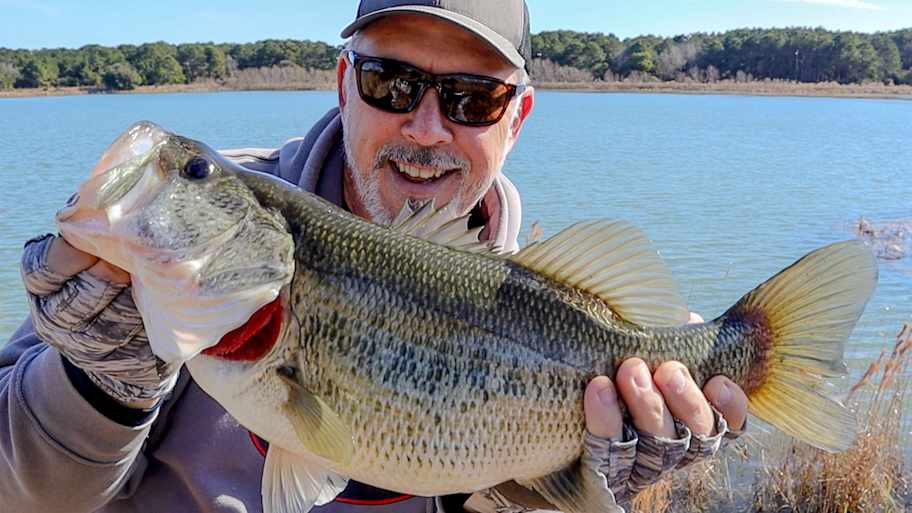
Large-mouth bass inhabit almost all freshwater ecosystems across 49 out of the 50 United States, with Alaska being the sole exception. These fish are voracious eaters and can be deceived by various baits and methods; they do not show preference based on anglers' age, gender, background, or history. However, the extensive array of options might seem daunting for newcomers. My aim with this guide is to offer some crucial pointers to help kickstart your adventure into large-mouth bass fishing.
1. Keep These Two Facts About Largemouth Bass Constantly in Mind
To begin with, here are a few fundamental facts about bass that might assist you in grasping how to fish for them effectively.
- Bass are considered opportunistic feeders, which implies they are typically willing to consume, or at least attempt to eat, nearly anything that can fit inside their mouths. This characteristic also indicates that they can be enticed into biting reactively even when they're not particularly hungry. Similar to how a cat cannot help but chase a flickering piece of string due to sudden, unpredictable movements.
- Largemouth bass typically use an ambushing strategy for hunting, frequently lurking close to features such as sunken logs, boulders, or dense plant life underwater, ready to pounce on unsuspecting prey that swims nearby. Therefore, positioning your artificial bait among this kind of shelter can coax hidden bass into striking.
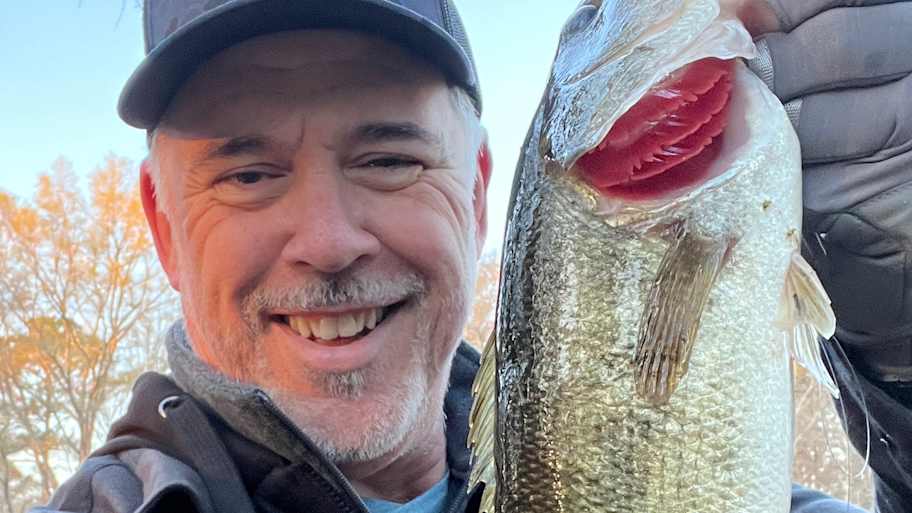
2. Explore YouTube for Fishing Video Tutorials
Before you hit the water, it's helpful to familiarize yourself with the fundamentals of bass behavior and preferences. I would suggest YouTube videos as the quickest, easiest resource, noting that some info presented will be more reliable than others. Generally, you can't go wrong by sticking with the advice of some proven favorites like Bassmaster , Tactical Bassin' , or In-Fisherman .
3. Learn the Best Bass Waters Near You
Begin with investigating the species of bass present in nearby water bodies. You can find this information on your state’s Department of Natural Resources (DNR) website—the same site where you buy your fishing license—covering most aquatic areas. While largemouth bass dominate these locations, other similar relatives such as smallmouth, spotted, shoal, Guadalupe, among others, may also be found in certain spots. Understanding their typical behaviors and inclinations will assist you in refining techniques tailored specifically for catching each kind effectively.
4. Choose Beginner-Friendly Bass Fishing Gear
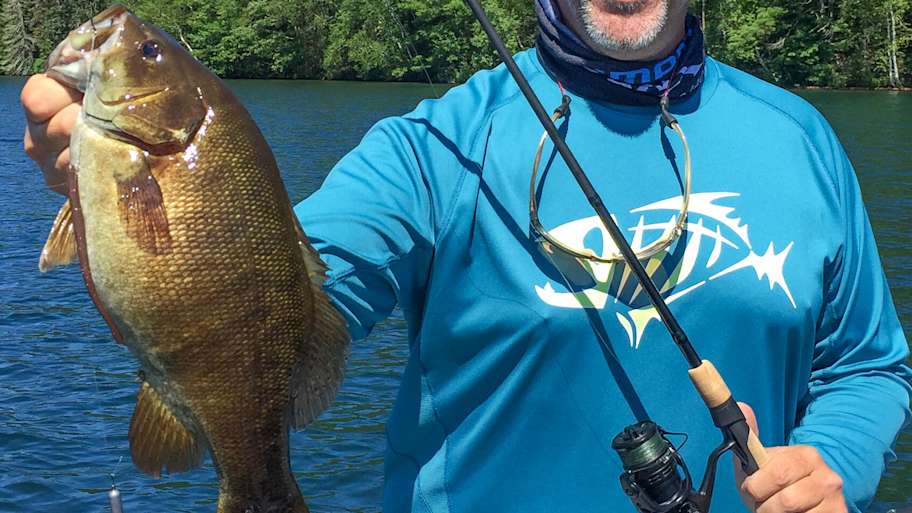
Baitcasting Gear or Spinning Gear?
The first question is spin reel versus baitcaster If you’re just starting out, many individuals discover that spinning gear tends to be somewhat simpler to use. Nonetheless, certain techniques for bass fishing prove far more successful when using baitcasting equipment. Keep in mind though, mastering baitcasting gear requires a steeper learning curve. In the end, nearly all bass anglers wind up utilizing both types of rods and reels to optimally execute various fishing methods.
How to Select a Fishing Rod
Begin with a medium or medium-heavy rod ranging from 6'10" to 7'2". This type of rod offers versatility and performs adequately across various lures and methods. While you may eventually appreciate having different lengths and actions available, this setup serves as an excellent starting point.
How to Select a Fishing Reel
When selecting reels for general purposes, opt for mediumsized ones. For spinning reels, choose one within the medium range that can handle typical bass fishing needs. Various brands might label their sizes differently, yet a reel designated as 2500 or 3500 would generally fit well. As for baitcasters, look for models offering a moderate retrieval speed—about 7:1—and equipped with a midsize spool capable of holding between 100 to 200 yards of line.
What Is the Top Fishing Brand?
Like many things, the saying goes that you get what you pay for. It’s advisable to stick with reputable brands such as Shimano, Daiwa, Abu Garcia, and Lew's since their beginner models also maintain good reliability. These companies consistently produce equipment that is both smooth and trustworthy at fair price points.
5. Keep Your Bass Lure Selection Simple
I recognize that searching for and purchasing new fishing lures is an incredibly enjoyable aspect of bass fishing. While I won’t discourage you from enjoying this activity, I recommend beginning with something very basic. After landing a handful of bass and gaining insight into what makes certain lures successful at attracting them—rather than simply appealing to fishermen—you'll be better equipped to assemble a far more efficient and personally rewarding assortment.
Start With a Senko
So, how does one begin? Based on my experience, the most versatile "can-catch-bass-regardless-of-location-or-weather" type of lure is undoubtedly the soft plastic stick bait. Actually, you can find an article here that details why I prefer using this particular lure. soft plastic stickbait In great detail: The Yamamoto Senko stands as the original and has become somewhat like the "Kleenex" of soft plastic stick baits. Various color options can be effective, but if I had to choose just one, I'd go for green pumpkin with black flakes. When rigging a Senko, opt for a package of 4/0 sized, offset, wide-gap worm hooks; brands may vary but should suffice. Begin by Texas-rigging it. Should this term be unfamiliar, perform a swift search on YouTube for clarification.
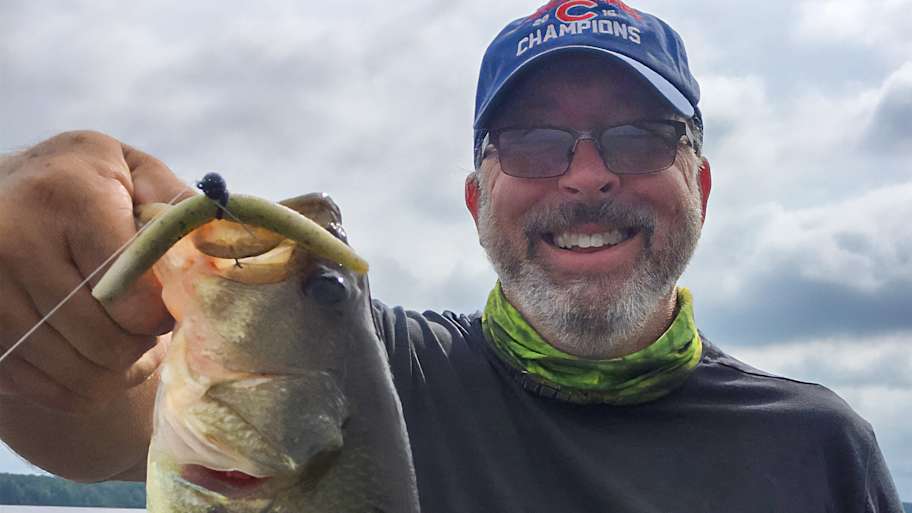
A spinnerbait is incredibly simple to use when fishing.
Following that, I would suggest using a 3/8 ounce, dual willow spinnerbait. Opt for a color combination of white and chartreuse skirts paired with one gold blade and one silver blade. Since this model comes equipped with an integrated hook, simply attach it to your line, aim toward potential hiding spots, and retrieve at a steady pace.
Each Bass Fisherman Requires a Topwater Lure
Lastly, I'd include one topwater bait since an exciting topwater session can transform novice fishermen into passionate lifetime bass fisherman. A recommended choice is the Whopper Plopper model ranging from 3" to 4". Choose whichever hue appeals most to your eye. It’s yet another plug where all you do is attach it, throw it out, and retrieve steadily. The moment when your inaugural catch strikes this lure stays etched in memory; absolutely thrilling!
6. Practice Quiet and Accurate Casting
Mastering casting is an essential ability. If access to water bodies is limited, dedicating time in your yard or at a nearby park to refine your casting skills proves beneficial. Personally, I've invested countless hours practicing overhead casts by tossing a lure into a coffee mug indoors while streaming fishing tutorials. Accuracy and silence in your casting techniques can greatly enhance your success rate when targeting bass.
7. Engage with the Bass Fishing Community
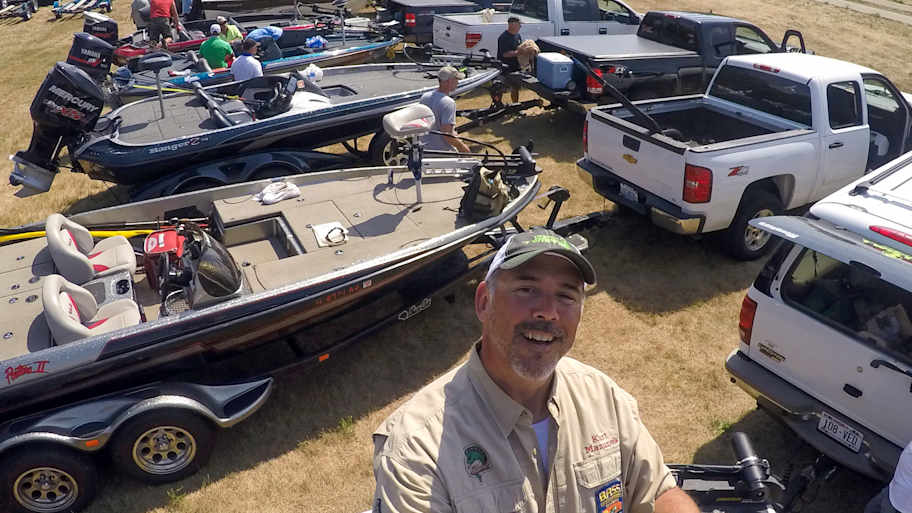
A swift method to boost your skill level is to engage with seasoned fishermen. Become a member of a nearby angling association, keep up with web-based discussions, and once more, view educational content on YouTube.
If you want an intensive learning experience, think about joining as an ambassador in top-tier bass fishing events such as the Bassmaster Elite Series. To those new to this idea, it may seem absurd to pay simply to observe rather than compete. However, from personal experience, being able to closely watch the pros make strategic choices and perform precise casts will undoubtedly provide insights that could improve your own angling skills during future trips out on the water.
8. Implement Ethical Practices for Catch-and-Release Photography
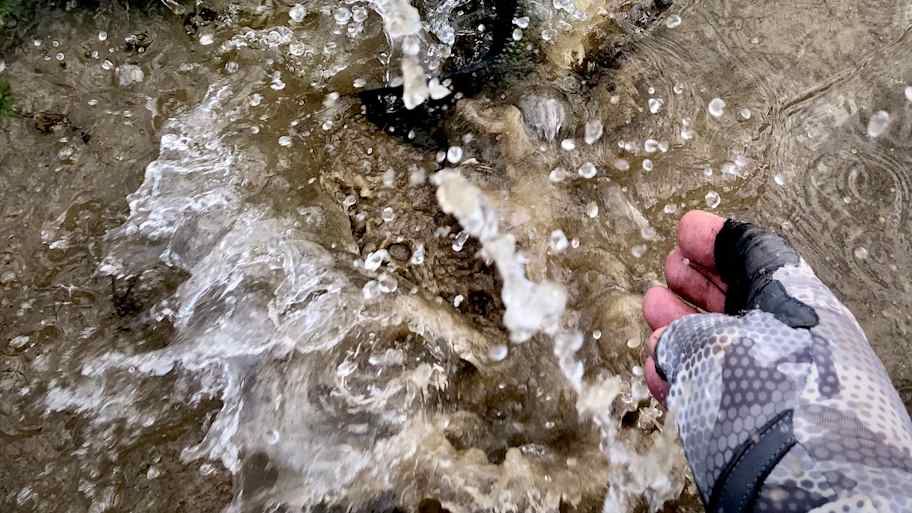
Bass, especially in a tournament setting, are often the focus of catch-and-release practices to maintain healthy populations. Personally, I don't really eat bass. While I'm not against the practice when it's done within the legal limits for that body of water, my tournament experience kind of has me in that mode. Plus, there are lots of tastier species. So, in most cases quickly and carefully unhook the fish, take a quick photograph (otherwise, did you really catch that big fish?), and gently return the bass to the water, confirming that he swam away, strong and upright.
9. Put Safety First—Lightning, Life Jackets, and Sun Protection
Certainly, this is close to the end of the list, but truthfully, you should prioritize safety at all times. No amount of bass is worth risking your life for.
Constantly monitor the weather conditions. Our smartphones provide us with up-to-date radar information. Should a thunderstorm be headed your way, leave the water immediately.
I think wearing a life jacket on a boat is a great habit to develop right away. If I'm fishing from a kayak When operating a boat, I always ensure my life jacket is on. Should you participate in a bass fishing competition, you’ll discover this is mandatory. Numerous unforeseen events could occur at any moment. Many unfortunate boating incidents might have concluded much more favorably had all individuals been equipped with a life vest. Additionally, I genuinely cannot identify any drawback to wearing one.
The greatest aspect of bass fishing lies in the ample outdoor time it offers. However, extended periods under the sun pose certain hazards due to excessive exposure. To mitigate these issues, fishing attire has evolved significantly. You can now find hooded sun shirts, neck buffs, and fingerless gloves made from highly breathable, functional fabrics. Additionally, applying some sunscreen to your nose and cheeks substantially decreases potential health concerns later on.
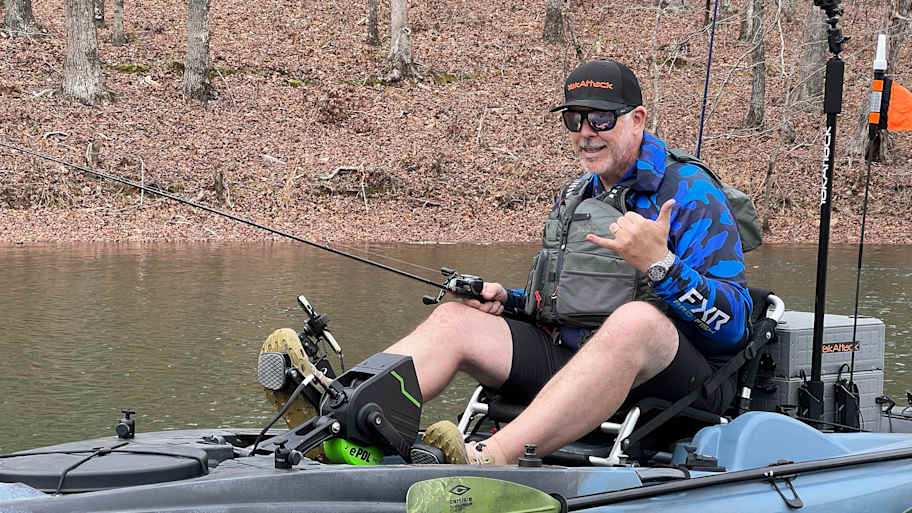
10. Maintain Patience and Continue Educating Yourself
Stay calm, and try not to feel disheartened if you don't hook a fish immediately. Perseverance is key, and the longer you remain out fishing, the more knowledge you will gain and the better your techniques will become.
Recall what you have discovered regarding the behaviors of bass. Evaluate the surrounding environmental factors. Select a lure that can provide an effective display near the area where you aim to catch bass. Keep track of your outcomes and adjust your strategy accordingly. Once everything aligns perfectly, the success will feel highly gratifying.
Fishing for bass is both thrilling and enriching, providing numerous chances to learn and grow. Through grasping fundamental techniques, cultivating perseverance, acquiring top-notch equipment, and comprehending bass habits and environments, newcomers can uncover a satisfying pastime capable of enduring years.
Recommended Articles:
This piece was initially published on www.si.com/onsi/fishing as How to Catch Your First Bass: 10 Easy Tips for Beginner Fishing Success .
0 Response to "10 Simple Tips to Land Your First Bass: A Beginner's Guide to Fishing Success"
Post a Comment